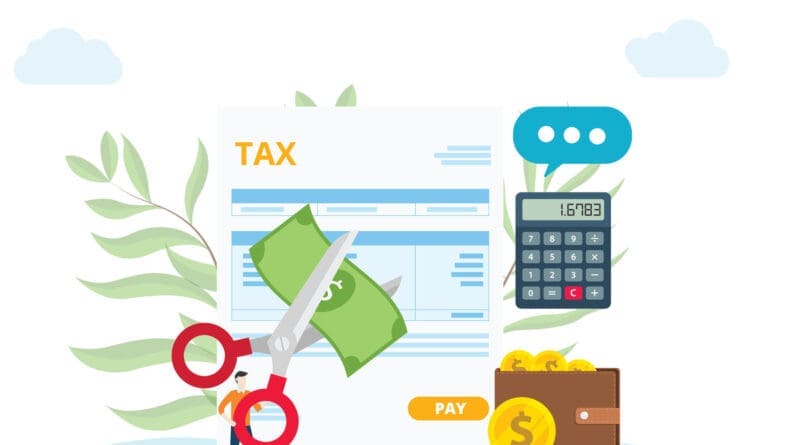
Tax credits typically are claimed on tax returns and may be limited to the extent of your tax liability. New rules may allow you to get the benefit upfront or claim the credit even if you lack tax liability. The rules are confusing. Here are 5 things you should know to optimize transferable tax credits for which you qualify.
1. There’s a difference between credit transfers for consumer vehicles versus transfers for other clean energy credits
If you buy a new or used clean vehicle, you can effectively “sell” the credit to the dealer. This immediately reduces what you’ll pay for the vehicle. It may come to you in the form of a reduced down payment or a cut in the purchase price. But this type of credit transfer at the point of sale—the purchaser is transferring the tax break to the seller—is different from credit transfers for certain other clean energy tax breaks (explained in the 4 other things you should know), including the transfer of the commercial clean vehicle credit.
The IRS provides details on transferring clean energy vehicle credits. Only dealers that have registered with the IRS can make a credit transfer.
2. Elective pay rules applies for certain clean energy credits
Transferability of certain clean energy credits is done through the elective payment election, or elective pay for short. Elective pay is a way to make certain tax credits refundable, even if a taxpayer eligible for them doesn’t owe any federal income tax. One party pays cash to the other party (the taxpayer eligible for an applicable credit) equal to the elective pay amount. The receipt of the cash is not taxable income.
Most of the credits subject to elective pay rules are those used by large corporations. However, some credits may be applicable for small businesses, including:
Advanced manufacturing investment credit (e.g., making components for semiconductors or conducting R&D for them)
Alternative fuel vehicle refueling property credit (e.g., vehicle charging stations in low-income and non-urban areas)
Credit for commercial clean vehicles
Investment credit for energy property (e.g., solar, small wind).
3. Final regulations explain elective pay rules
If a business makes an elective payment election, it’s treated as making a federal income tax payment equal to the elective payment amount. It’s entered as a tax payment on the business’ return. On March 11, 2024, the IRS posted final regulations on elective pay rules. They’re effective on May 10, 2024.
4. Special rules apply to partnerships and S corporations
Because tax credits are usually passed through to owners of partnerships and S corporations, special rules apply for elective pay. If the entity makes the elective payment election, 4 things happen:
The payment is made to such partnership or S corporation equal to the applicable credit amount.
The elective pay amount is applied with respect to the applicable credit before determining any partner’s distributive share, or S corporation shareholder’s pro rata share, of such applicable credit.
The applicable credit amount subject to the election is treated as tax-exempt income pass-through purposes.
A partner’s distributive share of such tax-exempt income is based on such partner’s distributive share of the otherwise applicable credit for each taxable year (an S corporation shareholder’s share of tax exempt income is based on the shareholder’s pro rata share). and it’s taken into account before determining a partner’s distributive share or an S corporation shareholder’s pro rata share.
5. Paperwork is required for tax filing
Everyone knows that bureaucracy loves paperwork. Even in this era of digitizing documents, the amount of information required for transferring tax credits is considerable.
For new and used clean vehicles. The dealer must provide the seller with certain information under penalty of perjury, including the maximum credit applicable for the vehicle. The buyer (taxpayer) must provide the seller with information at the time of the sale, including a photocopy of a government-issued ID (e.g., driver’s license) and an attestation regarding modified adjusted gross income.
For elective pay. You need to complete pre-filing registration with the IRS so you can obtain a registration number that must be added to your tax return in order to use elective pay. You’ll need to provide documentation necessary to properly substantiate the underlying credit (including any bonus credit for meeting prevailing wage and apprenticeship requirements).
Final thought
Small business owners who want to take advantage of these tax credit transfers should work with a tax professional to ensure eligibility and what needs to be done to nail things down. Things are complicated for these tax breaks, but what else is new?







